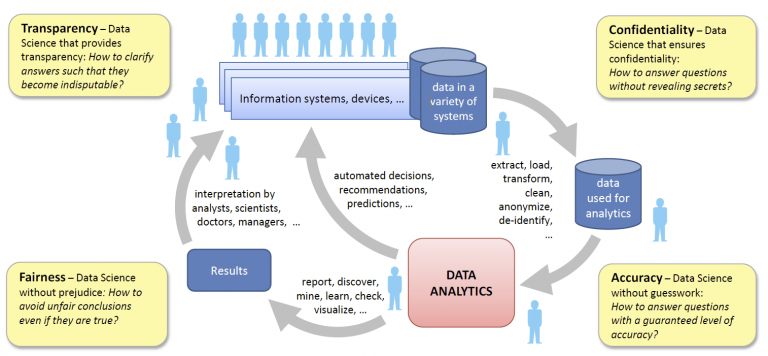Data is a significant and growing demand for everyone especially for public agencies and companies. Big amount of data have influences on how we do business, socialization, scientific research, and ruling the society [1]. According to an epistemological perspective, data-driven approaches include the findings of the new experiments [2]. In other words, the source of knowledge for data driven approaches is received from the observations of the experiments, not from the theory [3]. Since the data is always in change and in an enormous amount, people work on the ways of regulating and the storage of the data. There is an area called data science that have techniques to remove insights and information from data. These updating techniques increase the understanding of analysts and businessmen, which enable them to ask correct questions and use the analysis of this enormous data in an appropriate way. There are many ways for data storage one of them is the folders that is the most frequent and daily one for it. The types of data can be pictures, word folders, voice records or videos etc. In today’s developing technology, the websites such as Facebook, Twitter and Instagram hold billions of data. However, people worried about the use of data especially the irresponsible use of data because of recklessly sharing with many figures. These worries decrease the large scale use of data by not taking the advantages of data science [3]. One of the approaches making the data science more responsible is Responsible Data Science(RDS) and the aim is to use the data in a responsible manner considering fairness, accuracy, confidentiality and transparency.

References
[1] Hilbert M, Lopez P (2011) The world’s technological capacity to store, communicate, and compute information. Science 332(6025):60–65
[2] Mayo DG (1996) Error and growth of experimental knowledge. University of Chicago Press, Chicago
[3] Aalst, W. (n.d.). Responsible Data Science Ensuring Fairness, Accuracy, Confidentiality, and Transparency (FACT).

